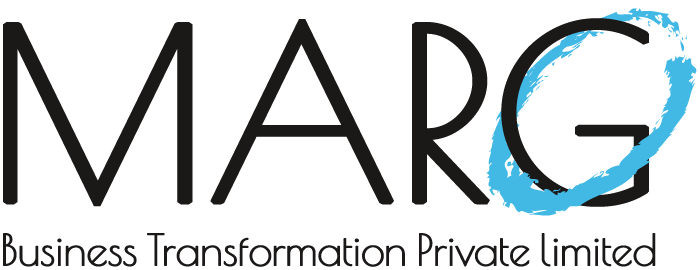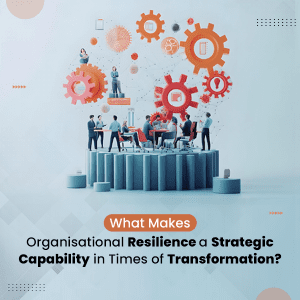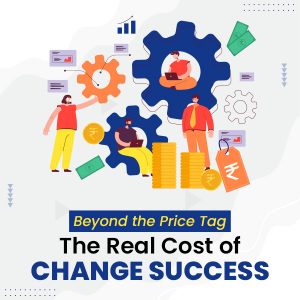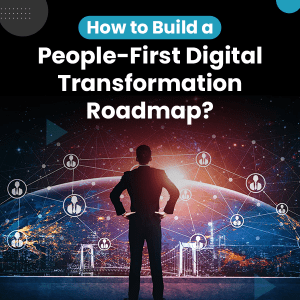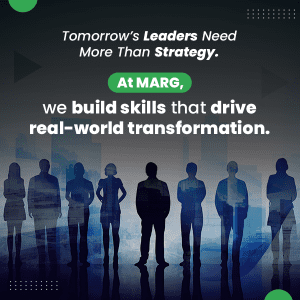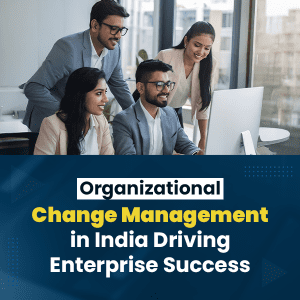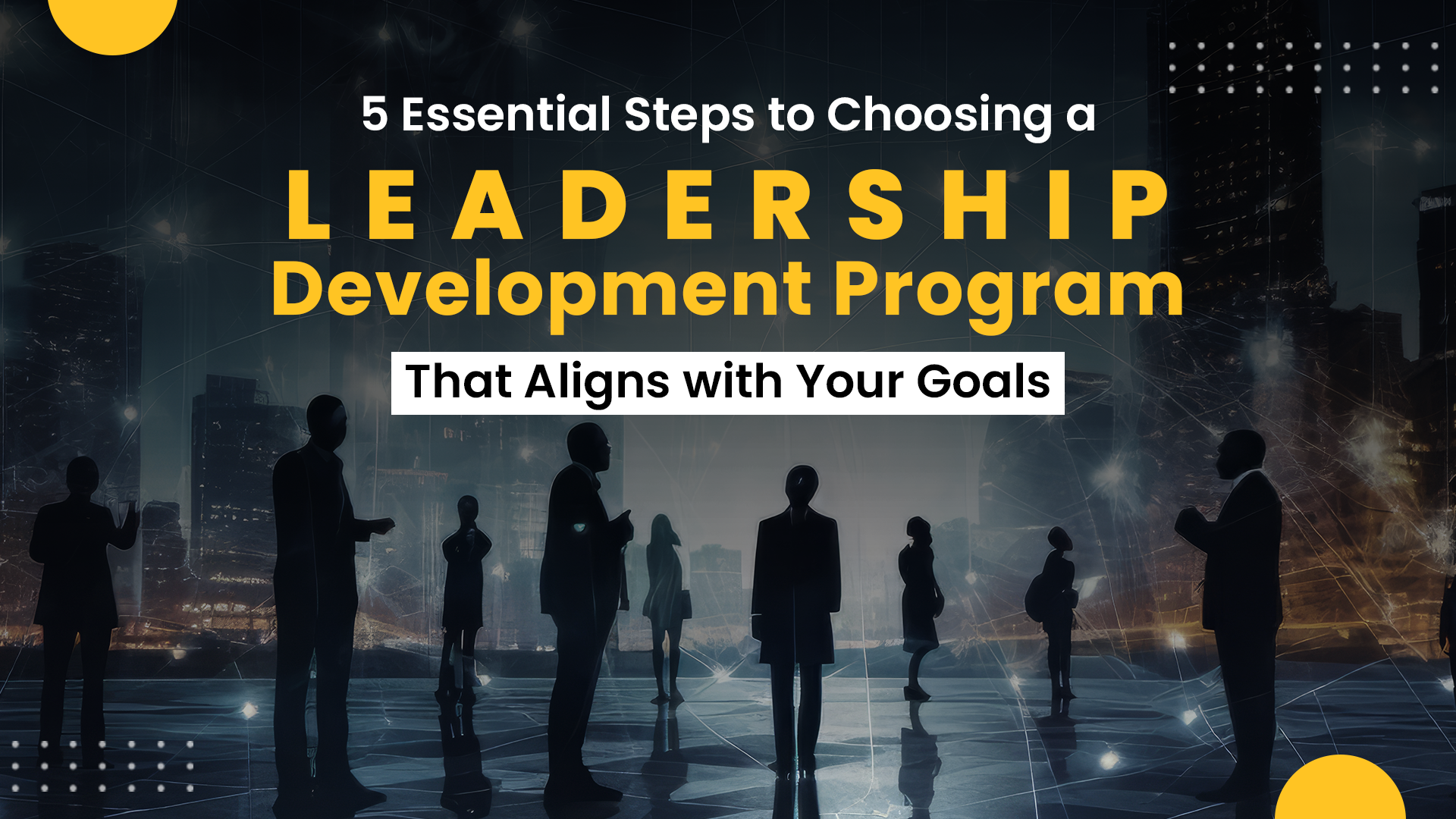
Leadership isn’t just a skill—it’s the driving force behind innovation, collaboration, and growth. In a world where change is constant and the pace of transformation is unprecedented, organizations need leaders who can think strategically, act decisively, and inspire consistently.
The foundation of effective leadership lies in the right training. Choosing a leadership development program that aligns with your goals goes beyond upskilling—it ensures the sustainability and scalability of your business. Here’s a step-by-step guide to making this critical decision, with insights backed by data.
L&D Leader Priorities for 2025: Addressing the Gaps
According to the recent Gartner study(Leadership Vision for 2025), while leadership development remains a top priority for Learning and Development (L&D) leaders, the statistics reveal pressing challenges:
- 36% of HR leaders believe their programs effectively prepare leaders for future challenges.
- Only 23% feel confident their organization has rising leaders capable of meeting future needs.
- Organizations that leverage significant program updates (76%) outperform those that don’t (24%).
To address these gaps, organizations must prioritize programs that foster growth, adaptability, and collaboration.
The Impact of Social Connections on Leadership Development
- Leaders who build trusted networks during training are 2.2x more likely to demonstrate enterprise leadership post-program.
- Programs that incorporate networking opportunities between sessions create lasting connections and better long-term outcomes.
Step 1: Identify Leadership Gaps and Set Clear Objectives
Begin by analyzing your organization’s current leadership landscape:
- What gaps exist? Do you need leaders who can drive innovation, manage cross-functional teams, or navigate organizational transformation?
- What are your priorities?
- If fostering innovation is critical, focus on programs that encourage creative thinking and strategic risk-taking.
- For grooming future leaders, emphasize mentorship, succession planning, and delegation skills.
Clearly defined objectives ensure measurable outcomes aligned with your organizational vision.
Step 2: Prioritize Program Content and Relevance
Leadership is multi-dimensional, and the best programs address this complexity. A comprehensive curriculum should include:
- Strategic Decision-Making: Anticipating trends and crafting effective strategies.
- Emotional Intelligence: Building resilience, empathy, and conflict resolution skills.
- Team Leadership: Enhancing collaboration and interpersonal dynamics.
Look for practical elements like case studies, real-world projects, and simulations to enable participants to apply theory to actionable insights.
Step 3: Evaluate Expertise and Methodology of Facilitators
The success of any leadership program lies in the expertise of its trainers. Choose programs led by:
- Professionals with substantial leadership experience.
- Facilitators skilled in creating interactive and engaging environments.
- Experts updated on global trends and best practices.
The methodology should encourage critical thinking, peer-to-peer learning, and active participation, ensuring the program is both informative and transformative.
Step 4: Opt for Flexibility and Scalability
Adaptability is essential in today’s dynamic business environment. Select programs that:
- Offer flexible delivery formats (in-person, virtual, or hybrid).
- Provide on-demand resources for continuous learning.
- Scale to address the needs of both emerging leaders and senior executives.
Programs that evolve with your organizational requirements provide lasting value.
Step 5: Focus on Measurable Impact and Long-Term Vision
Leadership development is a long-term investment. Choose programs with mechanisms to measure success, such as:
- Pre-and post-program assessments to track participant growth.
- ROI analysis demonstrating tangible benefits.
- Post-training support, including mentorship or coaching, to reinforce learning.
Ensure the program aligns with your organization’s strategic goals, whether that’s driving innovation, cultural transformation, or operational efficiency.
Why Leadership Development is Mission-Critical
Leadership defines not just roles but the trajectory of an organization. A well-chosen leadership development program builds capabilities, fosters resilience, and creates a culture of innovation.
At Marg Business Transformation, we specialize in crafting tailored leadership programs that address the unique challenges of modern businesses. Our solutions empower leaders with the tools and vision to thrive in today’s complex world.
Invest in Leadership, Invest in Your Future
Leadership is the cornerstone of your organization’s success. By partnering with Marg Business Transformation, you can build a leadership pipeline that ensures growth, innovation, and excellence.
Visit Marg Business Transformation to explore our bespoke training solutions and see how we can transform your leadership development strategy into a competitive advantage.
What does leadership mean to you? Share your thoughts and join the conversation
